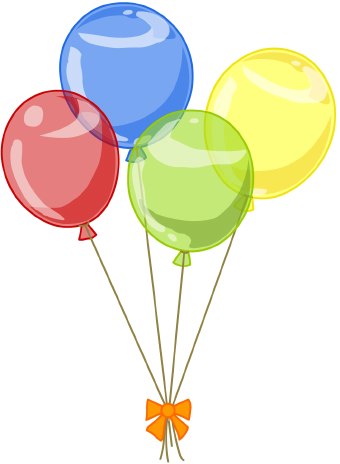Katakana has quite a few uses.
サマータイムポーチ(summertime pouch)- emphasis
Like words that are written on food packages, the words written on this package of pouches are in katakana to show emphasis. It's more cool to fun to write summertime pouch in katakana than it is to write it in kanji or hiragana. Since katakana looks more "modern", the company uses it to show that the product is cool. The name is also more memorable when is written this way. More people will buy it.
グツ (cooking sound)-onomatopoeia, emphasis
Sounds are written in katakana because they are onomatopoeia and because they need to be emphasised. With most of the other characters on the page being hiragana and kanji, the sound in katakana stands out and is emphasized more. The purpose of writing it like this, rather than kanji and hiragana, is probably to differentiate the sound from words a character my be saying.
エビソビール (Ebisu beer)- brand, loan word
These loan words are written in katakana because the whole thing is a brand name. ビールis also a loan word, which is another reason why it is in katakana. エビソビール is a product name. It is a Japanese beer, but it is written in katakana because it is a proper name. Also, since katakana letters are made of straight lines, they stand out more than hiragana and kanji which are a combination of straight and curved lines. Maybe that's why brands are in katakana- tostand out more.
Each textbook explains katakana uses differently but each of them agree that katakana is generally used for foreign words, onomatopoeia, and emphasis. They all point out thay katakana is used for words that are not Japanese, which is how non-Japanese common words can be identified. This general definition is used because it is up to the person to determine other times to use it and other times words should be emphasized.





